This website uses cookies so that we can provide you with the best user experience possible. Cookie information is stored in your browser and performs functions such as recognising you when you return to our website and helping our team to understand which sections of the website you find most interesting and useful.
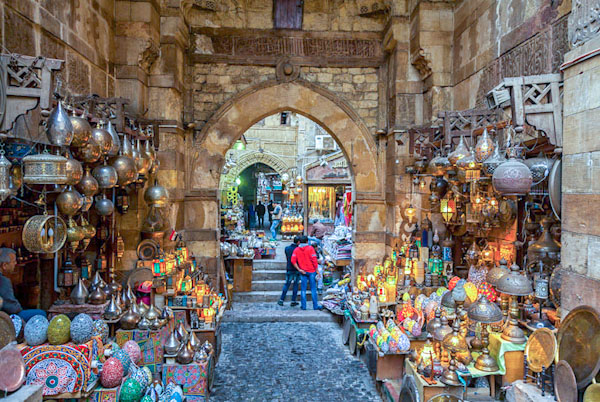
By Hesham Elgammal on 12 Aug 2022
- The Rich History of Old Cairo: A Journey Through Time
- Must-See Landmarks and Hidden Gems in Old Cairo
- The Hanging Church (El Muallaqa): A Marvel of Architecture
- Ben Ezra Synagogue: Tracing Jewish Heritage in Egypt
- The Coptic Museum: A Treasure Trove of Artifacts
- Mosque of Amr Ibn al-As: The First Mosque in Africa
- Saints Sergius and Bacchus Church: Refuge of the Holy Family
- Babylon Fortress: Roman Legacy in Old Cairo
- Exploring Coptic Cairo in Detail
- Delving into Islamic Cairo's Historic Mosques
- Shopping and Local Life in Old Cairo
- Planning Your Trip: Tips for Exploring Old Cairo
- Comparing Old Cairo with Other Historical Areas in Cairo and Egypt
Old Cairo, a UNESCO World Heritage site, is a treasure trove of Cairo’s most significant historical sites. With centuries of rich history, this captivating district offers a glimpse into the heart of Egypt’s past, where ancient civilizations and vibrant cultures have intertwined. From the awe-inspiring Coptic Cairo to the bustling streets filled with stories, Old Cairo boasts some of the best places to visit in the city.
Whether you’re exploring Cairo sightseeing spots or discovering old Cairo attractions, this guide highlights the must-see landmarks and unique experiences that define this ancient district. Whether you’re searching for things to do in Old Cairo or the most iconic Cairo historical sites, you’re sure to find something that fascinates around every corner.
Early settlements in Old Cairo were founded at the beginning of an old canal that was built between the Nile River and the Red Sea around two thousand years ago. This canal was constructed between the two bodies of water. Despite the passage of time, Old Cairo continues to be the location of some of the most remarkable historical sites that can be found anywhere in the world. The Coptic Cairo viewing tour includes a substantial number of sites that date back to the Greco-Roman period.
These landmarks are of major historical significance. This area, which at the time was thought to symbolize the frontier between Upper and Lower Egypt, was the place where the Babylon fortification complex was erected.
The Rich History of Old Cairo: A Journey Through Time
Old Cairo is a living testament to Egypt’s layered history, where centuries of cultural, religious, and political changes have left their mark on the landscape. A journey through Old Cairo takes visitors through time, exploring its ancient roots, the rise of Christianity, Islamic influence, and modern efforts to preserve its rich heritage.
From Ancient Roots to Roman Rule
The history of Old Cairo stretches back to ancient Egyptian civilization. Before it became the bustling district it is today, this area was home to the first settlements along the Nile. The Pharaohs recognized its strategic importance, but it wasn’t until the Roman period that Cairo began to take shape as a significant urban center. Roman fortifications and temples can still be spotted around the area, providing a glimpse of the early stages of Old Cairo’s evolution.
The Rise of Coptic Cairo and the Early Church
Coptic Cairo stands as a pillar of Egypt’s Christian heritage. After the fall of the Roman Empire, the area became the epicenter for Egypt’s Christian community. The rise of Coptic Cairo marks the establishment of churches and monasteries, including the famous Hanging Church, one of the oldest in Egypt. Coptic art, architecture, and traditions still permeate the area, making it one of the most unique historical sites in Cairo.

Islamic Influence and the Fatimid Dynasty
The arrival of Islam in Egypt during the 7th century marked a new chapter for Old Cairo. Under the Fatimid dynasty, the area transformed into the heart of Cairo’s Islamic Golden Age. Iconic Islamic structures, including the Ibn Tulun Mosque and the Ben Ezra Synagogue, were built during this period. The Fatimids also established a thriving center for learning, culture, and trade, with architectural marvels that continue to impress visitors.
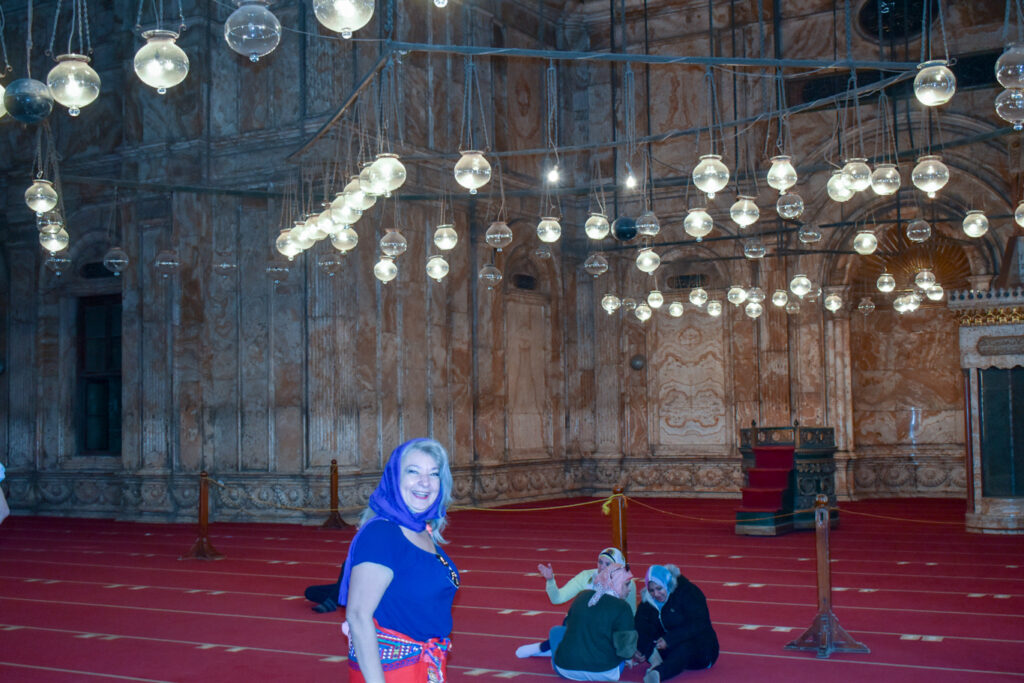
Old Cairo in the Modern Era: Preservation and Heritage
Today, Old Cairo is a protected UNESCO World Heritage site, and efforts to preserve its rich cultural and architectural heritage continue to this day. The district, once home to the remnants of Egypt’s ancient, Christian, and Islamic past, now stands as a symbol of the country’s resilience in blending these diverse influences into a modern identity. Visitors can explore the beautifully preserved monuments and soak in the ancient charm of this historic district while experiencing the energy of modern Cairo.
Must-See Landmarks and Hidden Gems in Old Cairo
Old Cairo is brimming with landmarks that tell the story of Egypt’s rich history, blending ancient, Christian, Islamic, and Jewish influences. Whether you’re a history enthusiast or simply looking to explore hidden gems, these must-see sites offer a unique experience of the city’s diverse heritage.
The Hanging Church (El Muallaqa): A Marvel of Architecture
The Hanging Church, or El Muallaqa, is one of Cairo’s most iconic religious landmarks. Suspended above the gatehouse of the ancient Roman Babylon Fortress, this Coptic Orthodox church is renowned for its stunning architectural design, featuring intricate wooden ceilings and beautiful iconography. It’s one of the oldest churches in Egypt and a must-visit for those fascinated by Coptic history and art.
Ben Ezra Synagogue: Tracing Jewish Heritage in Egypt
The Ben Ezra Synagogue, located near the Hanging Church, offers a glimpse into Cairo’s once-thriving Jewish community. Built in the 9th century, this synagogue stands as a testament to Egypt’s multicultural past. Visitors can explore its beautifully restored interiors, which house some of the world’s oldest Torah scrolls and sacred Jewish artifacts.
The Coptic Museum: A Treasure Trove of Artifacts
For those wanting to immerse themselves in Coptic history, the Coptic Museum is an absolute must. Located in the heart of Coptic Cairo, it showcases an extensive collection of ancient Christian artifacts, including statues, manuscripts, textiles, and relics from Egypt’s Coptic past. This museum offers a deep dive into Egypt’s Christian history, making it an essential stop for any history buff.
Mosque of Amr Ibn al-As: The First Mosque in Africa
The Mosque of Amr Ibn al-As is not only one of the oldest mosques in Cairo but also holds the distinction of being the first mosque built in Africa. Dating back to the 7th century, the mosque’s Islamic architecture features a blend of simple elegance and early Islamic design, providing a glimpse into the city’s early Islamic history.
Saints Sergius and Bacchus Church: Refuge of the Holy Family
Step into the Church of Saints Sergius and Bacchus, where history comes alive. Legend has it that this very church was a refuge for the Holy Family during their flight into Egypt. Nestled in the heart of Old Cairo, this cozy, serene church invites you to pause and reflect. The walls, adorned with stunning frescoes, create an intimate atmosphere that transports you back in time. It’s more than just a church—it’s a peaceful sanctuary filled with stories waiting to be discovered. Come, soak in the charm and history that makes this place truly special.
Babylon Fortress: Roman Legacy in Old Cairo
Discover the Roman Babylon Fortress, one of Cairo’s oldest and most intriguing landmarks. Once a powerful military stronghold, this fortress now holds a rich blend of history and culture. As you wander through its ancient walls, you’ll find Coptic churches, including the famous Hanging Church, tucked inside its sturdy structure. The views from the fortress are breathtaking, offering a unique perspective of the surrounding area.
Here, Roman architecture meets later Coptic and Islamic influences, creating a fascinating tapestry of Egypt’s past. Ready to explore a place where history truly comes alive? The Roman Babylon Fortress is waiting! See more fascinating places in Egypt here.
Exploring Coptic Cairo in Detail
Coptic Cairo is a fascinating district where Egypt’s early Christian heritage is beautifully preserved. Steeped in history and spirituality, this area offers an enriching experience for those interested in learning about Coptic Christianity, its architecture, and cultural traditions.
Understanding Coptic History and Significance
Coptic Cairo serves as the heart of Egypt’s Coptic Orthodox Christian community. The Copts, Egypt’s indigenous Christian population, have a history that dates back to the early days of Christianity. Coptic Christianity has its roots in the apostolic period, founded by St. Mark the Evangelist in the 1st century AD. The significance of Coptic Cairo lies in its role as a sanctuary for the Christian community, which survived through centuries of political and religious change, making it a key spiritual and cultural hub in Cairo.
Architecture and Art of Coptic Churches
The architecture of Coptic Cairo’s churches is a stunning representation of the fusion of Egyptian, Roman, and early Christian influences. The Hanging Church (El Muallaqa), with its intricate wooden ceilings and beautiful iconography, is a prime example. Coptic churches often feature distinctive design elements, such as wooden screens, ornate altars, and vibrant murals. The art in these churches, including biblical scenes and saints, reflects a rich tradition of Coptic artistry and religious symbolism.
Visiting Coptic Monasteries and Convents
Coptic Cairo is home to some of the oldest monasteries and convents in Egypt. These religious sites provide a peaceful retreat from the hustle and bustle of the city. The Monastery of St. George and the Monastery of St. Shenouda are examples of spiritual havens where visitors can explore ancient texts, religious art, and architecture. Many monasteries in the area also offer insight into the monastic life that has been an integral part of Coptic Christianity for centuries.
Cultural Traditions and Celebrations in Coptic Cairo
Coptic Cairo is not only a place of worship but also a living community that continues to honor its deep-rooted traditions. Festivals like Coptic Christmas and Easter are celebrated with devotion and grandeur, with processions, liturgies, and community gatherings. Visitors to Coptic Cairo can also experience the unique customs of the Coptic community, from traditional food to religious rituals that have remained unchanged for generations.
Delving into Islamic Cairo’s Historic Mosques
Islamic Cairo, known for its rich blend of Islamic architecture and history, is home to some of the most iconic mosques in Egypt. These mosques are not just places of worship but also represent the spiritual and cultural heart of Cairo. Among them, the Mosque of Amr Ibn al-As stands as one of the oldest and most significant. Exploring this mosque, as well as others in Islamic Cairo, offers a deep dive into the Islamic heritage that shapes the city.
Architectural Marvels of the Mosque of Amr Ibn al-As
The Mosque of Amr Ibn al-As, built in 642 AD, is considered the first mosque ever constructed in Africa and the first mosque in Egypt. It showcases early Islamic architecture and is considered a pioneering example of mosque design in the region. Originally constructed with simple materials such as mud brick, it has undergone several renovations over the centuries, resulting in the beautiful structure we see today. The mosque’s design is simple yet majestic, with a large central prayer hall, a striking minaret, and a spacious courtyard, making it a beautiful example of early Islamic architecture.
Imagine walking through the narrow alleys of Old Cairo, where every corner holds a secret from the past. Picture yourself stepping into the Hanging Church, the very place where the Holy Family sought refuge in Egypt. Now, pause and listen closely as the echoes of a distant call to prayer reverberate through the walls of the Mosque of Amr Ibn al-As—the first mosque ever built in Africa. These stories aren’t just confined to history books; they are etched into the very fabric of Old Cairo. The district’s bustling bazaars, ancient churches, and timeless mosques invite you to experience not just history, but the very soul of Cairo itself.
Spiritual Significance and Historical Context
The spiritual significance of the Mosque of Amr Ibn al-As extends beyond its architectural beauty. It was built by the Arab general Amr Ibn al-As, who led the Muslim conquest of Egypt. The mosque stands as a testament to the spread of Islam in Egypt and the establishment of Cairo as the heart of the Islamic world. Over the centuries, it has served as a place for worship, community gathering, and education, playing an integral role in the development of Cairo’s Islamic identity.
Exploring the Courtyards and Intricate Details
Visitors to the Mosque of Amr Ibn al-As will be captivated by the peaceful courtyards and the intricate architectural details that adorn the mosque. The mosque’s interior features elegant arches, calligraphy, and decorative elements that reflect the craftsmanship of Islamic artisans. The peaceful courtyards are perfect for contemplation, and the mosque’s serene atmosphere offers a glimpse into Cairo’s spiritual life.
Understanding the Role of Mosques in Old Cairo’s Community
Mosques in Old Cairo, such as the Mosque of Amr Ibn al-As, have always been more than just places of worship. They have functioned as community centers, offering education, charity, and social services to the people. In addition to hosting daily prayers and special religious observances, mosques played an essential role in shaping Cairo’s social fabric. They provided a space for intellectual exchange and served as a foundation for community life, helping to establish a deep connection between the Islamic faith and the daily lives of Cairo’s residents.
Shopping and Local Life in Old Cairo
Old Cairo offers visitors a chance to immerse themselves in the vibrant local culture, where shopping, traditional crafts, and local eateries come together to create an authentic Cairo experience. The district’s bustling markets and charming cafes provide a window into the everyday life of Cairo’s residents, combining history, culture, and modern-day living in one vibrant space.
Khan el-Khalili: Navigating the Bustling Market
Khan el-Khalili is one of Cairo’s oldest and most famous bazaars, and no trip to Old Cairo is complete without exploring this lively market. Located in the heart of Islamic Cairo, Khan el-Khalili is a maze of narrow alleys lined with shops selling everything from spices and perfumes to jewelry and traditional clothing. The market’s atmosphere is electric, with the sounds of bartering and the vibrant colors of textiles and lanterns filling the air. It’s the perfect place to wander, discover, and experience the rhythm of Cairo’s bustling market culture.
Authentic Egyptian Crafts and Souvenirs
Khan el-Khalili and the surrounding streets are a haven for authentic Egyptian crafts and souvenirs. Visitors can browse through a wide selection of handcrafted items, including intricate brassware, beautiful copper and silver jewelry, colorful textiles, and stunning pieces of traditional pottery. Many of the items are made by local artisans using centuries-old techniques passed down through generations, ensuring a one-of-a-kind souvenir to take home. These handcrafted goods not only make for great gifts but also offer a tangible connection to the rich cultural heritage of Egypt.
Haggling Tips and Cultural Etiquette
When shopping in Old Cairo, haggling is a time-honored tradition. It’s important to approach the process with respect and a friendly attitude. Start by offering a lower price than the initial asking price, and expect the seller to counter with a higher price. Through a polite back-and-forth, both parties will typically reach a fair compromise. While haggling is expected, it’s essential to be courteous and patient, as it is as much about building rapport as it is about getting a good deal.
Traditional Coffee Houses and Local Eateries
After a long day of shopping, visitors can relax in one of the traditional Egyptian coffee houses, known as “ahwas.” These quaint spots offer a perfect retreat to unwind and savor a cup of strong Egyptian coffee or tea. Many coffee houses serve sweet pastries and light snacks, allowing visitors to experience local flavors in a traditional setting. Additionally, Old Cairo is home to several local eateries offering authentic Egyptian dishes such as koshari, falafel, and grilled meats. The vibrant local food scene gives a real taste of Cairo’s culinary heritage and is an essential part of experiencing life in Old Cairo. Find your preferred Egypt Tour today!
Planning Your Trip: Tips for Exploring Old Cairo
Old Cairo is a destination steeped in history and culture, offering a unique and unforgettable experience. To make the most of your visit, here are some essential tips to help you plan your trip to this fascinating district.
Best Time to Visit: Weather and Crowds
The best time to visit Old Cairo is during the cooler months, from October to April. During this period, the weather is more comfortable, with mild temperatures and lower humidity, making it perfect for exploring the area’s outdoor attractions. Avoid visiting during the summer months, as the heat can be intense and may make sightseeing more challenging. Keep in mind that major holidays, such as Ramadan and Easter, may bring larger crowds to the city, so plan accordingly if you prefer to avoid the hustle and bustle.
Getting Around: Transportation Options
Old Cairo is a highly walkable area, with many of the main attractions within walking distance of one another. However, for longer distances, there are various transportation options available. Taxis are readily available, but it’s essential to agree on a fare before starting the journey. Alternatively, the Cairo Metro is a convenient and affordable way to get around, with several stations near Old Cairo. For a more immersive experience, consider taking a traditional horse-drawn carriage to explore the streets of the district.
Accommodation: Where to Stay Near Old Cairo
When planning your stay in Old Cairo, there are several accommodation options ranging from budget hostels to luxury hotels. For a more authentic experience, consider staying in a boutique hotel or guesthouse within walking distance of the historic sites. If you prefer a more modern setting, there are also international hotel chains in the vicinity that offer comfortable stays with easy access to Old Cairo’s attractions.
Safety Tips and Cultural Considerations
Old Cairo is generally safe for tourists, but like any busy city, it’s important to remain vigilant. Keep your belongings secure, especially in crowded areas such as markets and tourist spots. It’s also essential to be respectful of local customs and traditions. While Egypt is a welcoming country, it’s always best to follow cultural norms and remain aware of your surroundings.
Dress Code and Etiquette for Religious Sites
When visiting religious sites in Old Cairo, such as mosques and churches, it’s important to dress modestly. Women should cover their shoulders, and both men and women should avoid wearing shorts or revealing clothing. Some mosques may provide headscarves for women to wear during their visit. Be respectful of the rules when entering these sacred spaces, and always ask permission before taking photos. Following these simple guidelines will help ensure a respectful and enjoyable visit to the area’s religious landmarks. Learn more about planning your Egyptian adventure.
Comparing Old Cairo with Other Historical Areas in Cairo and Egypt
Old Cairo stands out for its incredible blend of ancient Egyptian, Christian, and Islamic heritage, unlike any other historical area in the city. In contrast, areas like Giza are renowned for the iconic Pyramids and Sphinx, focusing more on Egypt’s Pharaonic past. While Giza’s monumental structures are awe-inspiring, Old Cairo’s charm lies in its intricate, layered history, —where cobbled streets, Coptic churches, and mosques tell stories of a city that evolved over centuries. Similarly, Luxor and Aswan, while known for their grand temples and tombs, lack the vibrant, living culture that continues to thrive in Old Cairo’s religious sites and bustling markets.
FAQ
Q: Whenat is the best time to visit Old Cairo?
The best time to visit Old Cairo is from October to April when the weather is cooler and more comfortable for sightseeing. The summer months, especially June through September, can be extremely hot and humid, making it less ideal for outdoor activities. Avoid visiting during major holidays like Ramadan, as the area can get crowded, and some businesses may have adjusted hours.
Q: How can I get to Old Cairo from other parts of Cairo?
Old Cairo is easily accessible from other parts of the city. You can take a taxi or use ride-hailing apps like Uber or Careem for a convenient and direct route. The Cairo Metro also has stations close to Old Cairo, such as the “Coptic Cairo” station. If you prefer a more traditional experience, you can also take a horse-drawn carriage to explore the area.
Q: What are some of the best restaurants in Old Cairo?
Old Cairo offers a variety of dining options that serve authentic Egyptian cuisine. For a traditional meal, visit “Abou El Sid,” which offers classic Egyptian dishes like koshari, grilled meats, and falafel. For a more modern twist, try “Cairo Kitchen” for home-cooked Egyptian comfort food. If you’re looking for a scenic spot, “Sequoia” offers delicious food with a view of the Nile River.
Q: Is Old Cairo safe for tourists?
Old Cairo is generally safe for tourists, but like any popular tourist destination, it’s important to remain vigilant. Keep your belongings secure, especially in crowded areas such as markets. Be respectful of local customs, particularly when visiting religious sites. It’s also a good idea to stay aware of your surroundings and avoid walking alone at night. With some basic precautions, you can enjoy your visit safely.
Old Cairo offers a fascinating glimpse into Egypt’s rich history and cultural heritage, from its ancient landmarks to vibrant local life. With its timeless charm and historical significance, this district is a must-visit for any traveler.
Ready to explore the captivating sights of Old Cairo? Book your Cairo sightseeing tour with Nile Cruisers today and embark on a journey through time to discover the wonders of this iconic destination. Let us guide you through the heart of Cairo’s ancient treasures.
how to book Old Cairo tour package
This article was updated and rewritten in part by Hesham El Gammal on April 7th, 2025 + fact-checked.
Must-See Landmarks and Hidden Gems in Old Cairo FAQ
Categories
- Egypt and Jordan Tours (12)
- Egypt Destinations (26)
- Egypt Nile Cruises (40)
- Egypt Sightseeing (14)
- Egypt Tour Packages (17)
- infographics (1)
-

Nile Cruisers Reviews
25 Mar 2025
-

Why Choose Nile Cruisers to Book Your Egypt Nile Cruise?
12 Dec 2025
-

Celebrate Christmas in Egypt: Best Egypt Travel Tour Packages for Year-End Getaways
12 Dec 2025
-

Make Your Year-End Special: Festive Egypt Tour Packages for Winter Travel
12 Dec 2025
-

The Lake Nasser Luxury Cruise Ships
09 Dec 2025
-

Sacred Egypt – Spiritual Tours
07 Dec 2025
-

Nile Cruise from Cairo to Aswan
06 Dec 2025
-

Nile Cruisers Reviews
25 Mar 2025
-

Why Choose Nile Cruisers to Book Your Egypt Nile Cruise?
12 Dec 2025
-

Celebrate Christmas in Egypt: Best Egypt Travel Tour Packages for Year-End Getaways
12 Dec 2025
-

Make Your Year-End Special: Festive Egypt Tour Packages for Winter Travel
12 Dec 2025
-

The Lake Nasser Luxury Cruise Ships
09 Dec 2025



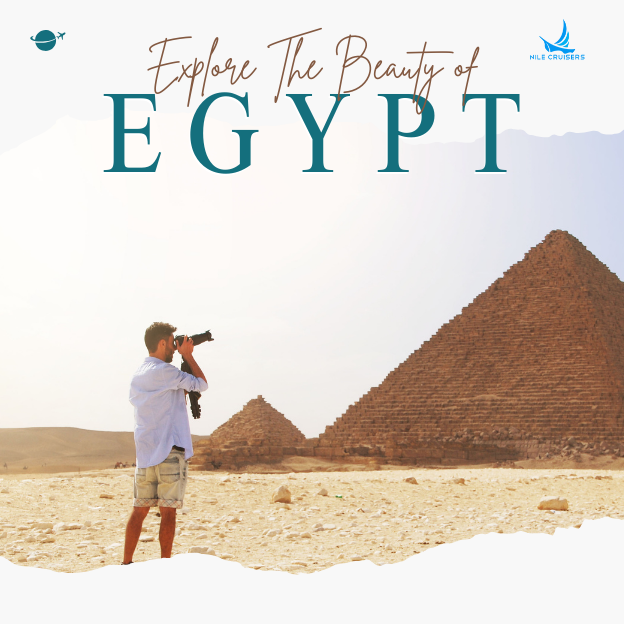

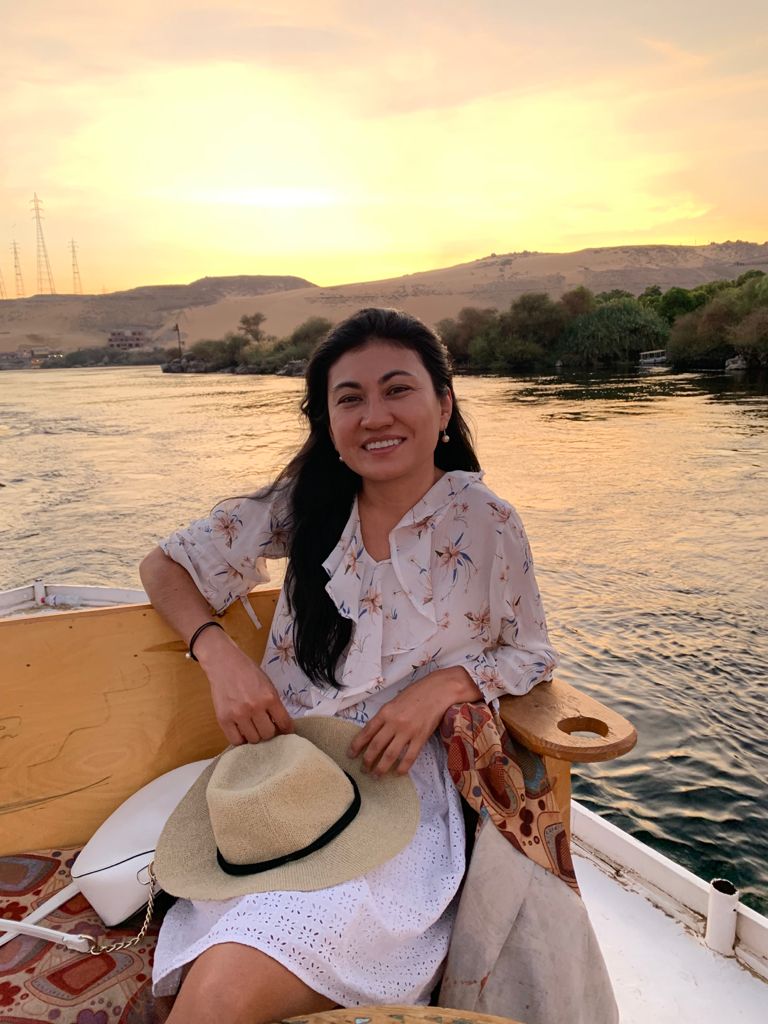
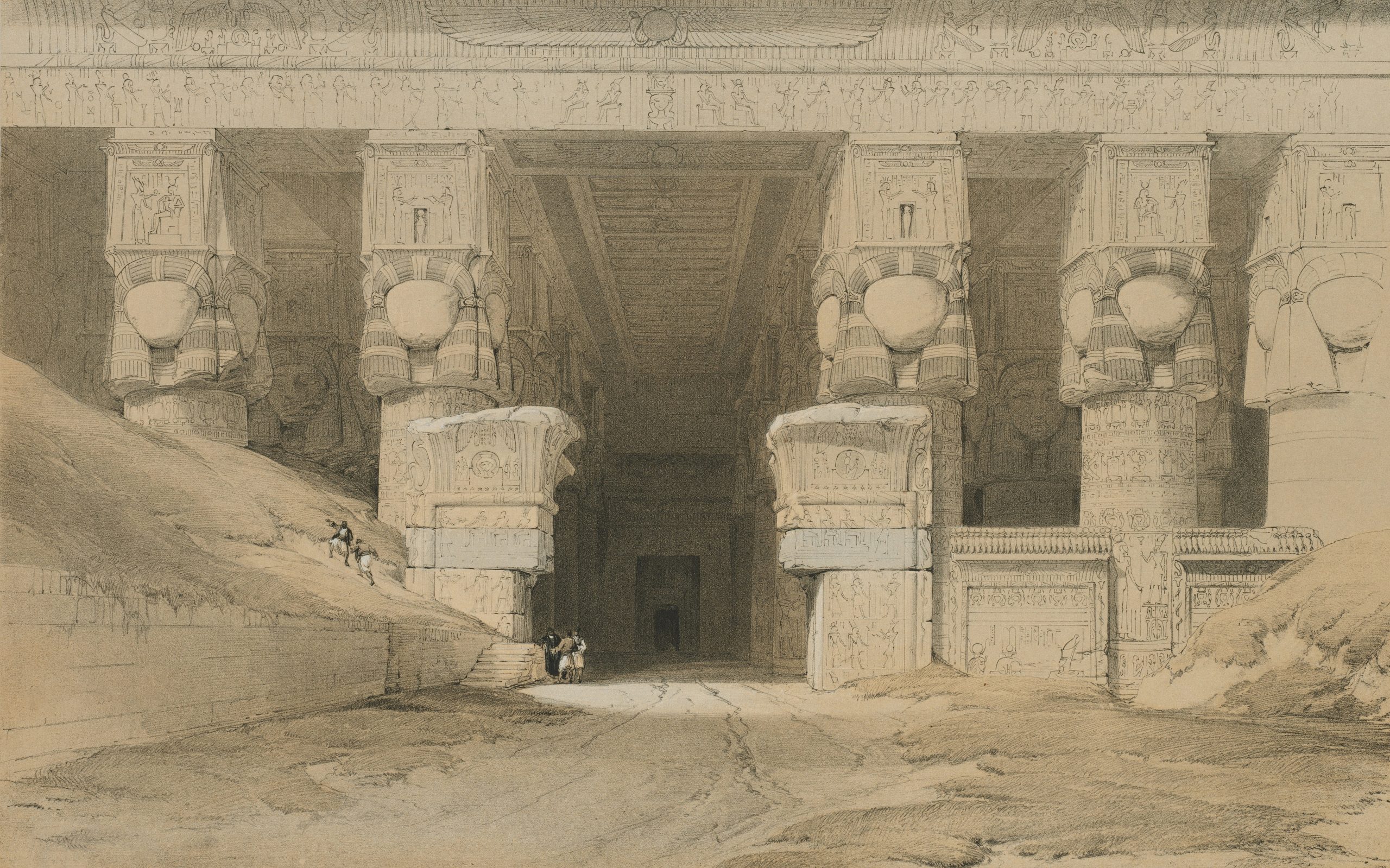
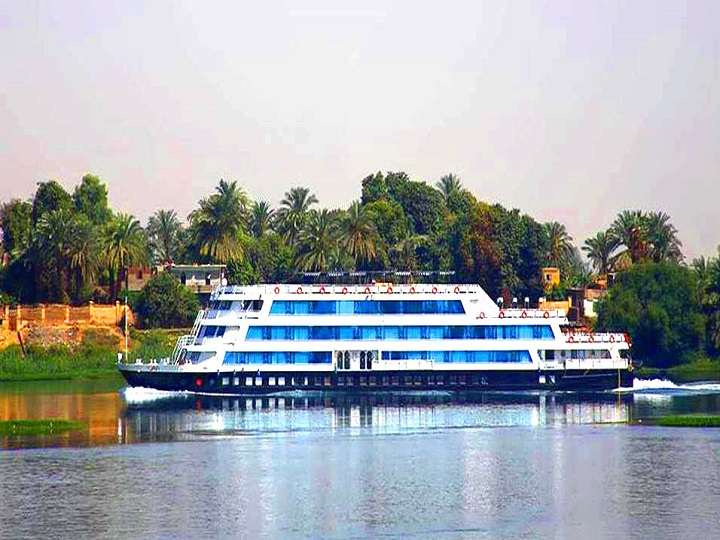





Comments